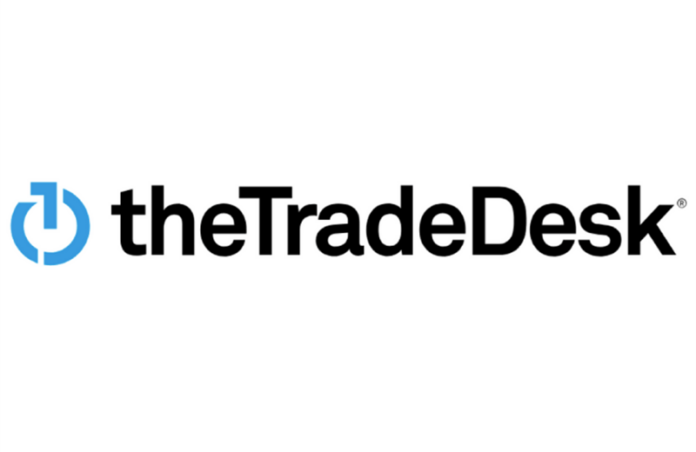
With the end of third-party cookies on the horizon, brands have an opportunity to improve the way they do marketing by investing in one of their most valuable assets: their own data. Whether it is audience segmentation, remarketing campaigns, personalizing ads, a first-party data strategy will lay a solid foundation for brands to build more direct, consent-based relationships with customers.
The Trade Desk has recently launched a first-party data playbook to guide marketers to build their own first-party data program. It includes a comprehensive self-assessment tool to appraise the readiness of a brand’s first-party data and determine the next steps for the organization. It also offers a practical 8-step roadmap to help marketers kickstart their first-party data program.
Step 1: Define. A first-party data strategy is a long-term business plan, and it is crucial that it is aligned to your business goals. Defining your strategy clearly will help you focus on the type of data you need.
Step 2: Design. Understand who your consumer is, and how they engage with your category and brand. Accordingly, design the guidelines for the type of data you need to collect.
Step 3: Acquire. First-party data can be collected through both owned and paid channels. Acquiring data throughout the customer journey, from discovery to purchase, will help you understand your customers and their behaviours.
Step 4: Unify. To bring your first-party strategy together, you must bring all the available data together. Unifying diverse data sets will give you a single view of who your customer is.
Step 5: Enrich. Once you know the main characteristics and behaviours of your customers, you need to enrich this knowledge to personalize your advertising for each customer or customer segment.
Step 6: Activate. Once you have determined whom you want to target and how, it is time to activate your first-party strategy and take your campaign live.
Step 7: Analyze. Once the campaign goes live, analyzing real-time data will help you identify your most valuable customers and most effective channels; gauge campaign response better; and understand what message or offer is most likely to catch your customer’s attention.
Step 8: Optimize. By accurately attributing campaign success to the right mix of drivers, you can build a deep understanding of what works for your customers and what doesn’t. These insights will allow you to optimize your campaign regularly and lay the foundation for future campaigns.
Highlighting the importance of first-party data for marketers, Tejinder Gill, General Manager, The Trade Desk India, says, “Advertisers are increasingly looking to activate their valuable customer data as safely as possible to optimize media buys across all digital media. This playbook will first guide brands on how they can build their own first-party data program. With the right plan, marketers can attain a clearer and more accurate view of their customers than ever before. We are here to help marketers to unleash the potential of their most valuable customer data.”
Anjali Krishnan, Director, Consumer Experience, Mondelez, says, “I believe it is time to move away from demographic and towards contextual, psychographic marketing. There is no doubt that first-party data enables brands to build more direct and personalized relationships with customers. The Trade Desk is a great help in this direction, as they provide the tools and the expertise to leverage first-party data in a transparent and objective manner for executing omnichannel campaigns on the open internet.”
More information and resources available at: The First-Party Data Playbook | The Trade Desk
